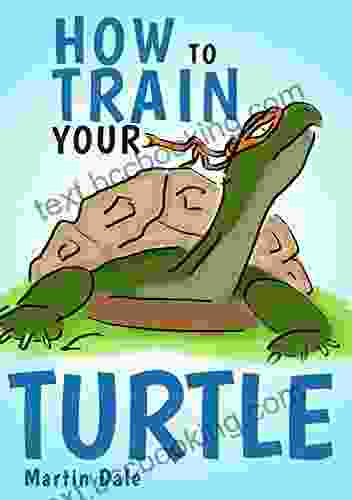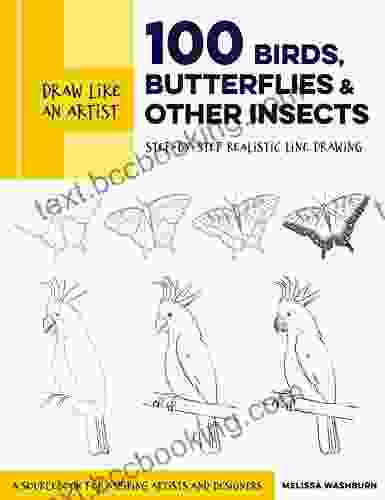How to Train Your Turtle: A Comprehensive Guide

Welcome to the captivating world of turtle training! This in-depth guide invites you to embark on a journey of understanding your turtle's unique behavior, empowering you with effective training techniques, and inspiring you to create an enriching environment that fosters their well-being. Whether you're a seasoned turtle enthusiast or a curious novice, prepare to dive deep into the secrets of these fascinating creatures and establish an exceptional bond with your shelled companion.
5 out of 5
| Language | : | English |
| File size | : | 2598 KB |
| Screen Reader | : | Supported |
| Print length | : | 23 pages |
| Lending | : | Enabled |
Understanding Turtle Behavior
Delving into the intricate world of turtle behavior is the cornerstone of successful training. These ancient reptiles possess complex instincts and unique communication cues. By observing their natural behaviors, we can gain valuable insights that will inform our training approach.
Body Language
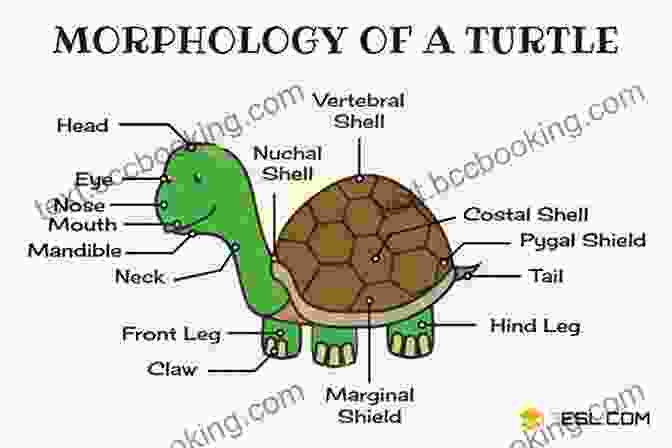
Turtles communicate through subtle body movements. Understanding their postures, head positions, and tail flicks will help you decipher their mood and intentions. For instance, an extended neck and open mouth may indicate aggression, while a withdrawn head signifies fear or submission.
Senses
Turtles possess keen senses that they rely on to navigate their environment. Their vision is particularly acute underwater, enabling them to detect prey and avoid predators. Additionally, their sense of smell is used for communication and finding food.
Intelligence
Contrary to popular belief, turtles are intelligent creatures capable of learning and adapting to their surroundings. They have been shown to recognize human faces, distinguish between colors, and solve simple puzzles. This cognitive ability makes them receptive to training.
Training Techniques
With an understanding of turtle behavior, we can now explore effective training techniques. These methods are based on positive reinforcement, which rewards desired behaviors and encourages repetition.
Target Training

Target training involves using a small object, such as a colorful stick or a piece of food, to guide your turtle's movements. By rewarding them with treats when they touch the target, you can teach them to follow it, enabling you to control their direction and behavior.
Clicker Training
Clicker training is a highly effective method that uses a clicker device to mark the exact moment the turtle exhibits the desired behavior. The click creates a positive association between the behavior and the reward, reinforcing it and promoting repetition.
Shaping
Shaping is a gradual training process where you break down complex behaviors into smaller, achievable steps. By rewarding each step, you guide your turtle towards the desired outcome. For example, to train a turtle to climb onto a platform, you would first reward them for approaching it, then for touching it, and finally for climbing onto it.
Enriching the Turtle's Environment
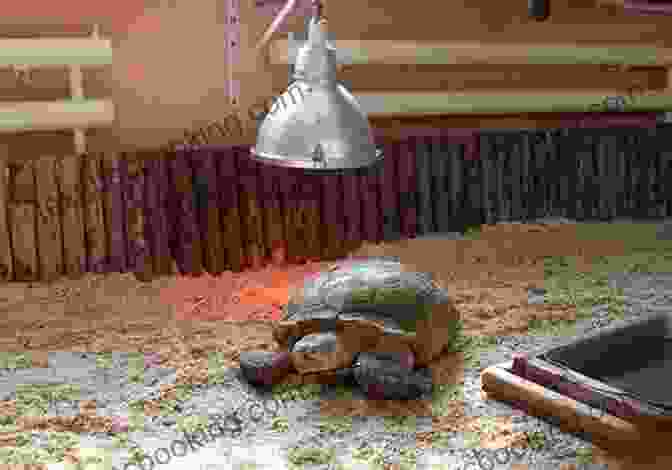
Beyond training, creating an enriching environment is essential for turtle happiness and well-being. By providing them with a diverse habitat that mimics their natural surroundings, you can stimulate their senses and encourage their natural behaviors.
Habitat Design
Your turtle's enclosure should be spacious enough to allow for movement and exploration. Provide a variety of hiding spots, basking areas, and aquatic zones. Natural elements, such as plants, rocks, and logs, add complexity and enrichment to their environment.
Lighting and Temperature
Proper lighting and temperature are crucial for turtle health. Provide a basking lamp that emits heat and UVB rays, which are essential for vitamin D synthesis and bone development. Ensure a temperature gradient within the enclosure to allow your turtle to regulate its body temperature.
Diet
A balanced diet is essential for turtle well-being. Offer a variety of fresh vegetables, leafy greens, and fruits. Supplement their diet with protein sources, such as insects, worms, or commercial turtle pellets.
Training your turtle is a rewarding experience that fosters a deep bond between you and your shelled companion. By understanding their unique behavior, utilizing positive reinforcement training techniques, and providing an enriching environment, you can enrich their lives and create a harmonious cohabitation. Remember, patience, consistency, and a genuine love for these fascinating creatures are the keys to success. Embrace the journey, celebrate each milestone, and revel in the exceptional bond you will create with your trained turtle.
5 out of 5
| Language | : | English |
| File size | : | 2598 KB |
| Screen Reader | : | Supported |
| Print length | : | 23 pages |
| Lending | : | Enabled |
Do you want to contribute by writing guest posts on this blog?
Please contact us and send us a resume of previous articles that you have written.
 Book
Book Novel
Novel Page
Page Chapter
Chapter Text
Text Story
Story Genre
Genre Reader
Reader Library
Library Paperback
Paperback E-book
E-book Magazine
Magazine Newspaper
Newspaper Paragraph
Paragraph Sentence
Sentence Bookmark
Bookmark Shelf
Shelf Glossary
Glossary Bibliography
Bibliography Foreword
Foreword Preface
Preface Synopsis
Synopsis Annotation
Annotation Footnote
Footnote Manuscript
Manuscript Scroll
Scroll Codex
Codex Tome
Tome Bestseller
Bestseller Classics
Classics Library card
Library card Narrative
Narrative Biography
Biography Autobiography
Autobiography Memoir
Memoir Reference
Reference Encyclopedia
Encyclopedia Mario Cleves
Mario Cleves Radka Yakimov
Radka Yakimov Martha Raile Alligood
Martha Raile Alligood Martin Dale
Martin Dale Samantha Barbas
Samantha Barbas Mark Taylor
Mark Taylor Richard Bayan
Richard Bayan Nick Summer
Nick Summer Mark Jones
Mark Jones Maureen Murdock
Maureen Murdock Marie Cirano
Marie Cirano Ruth Gruber
Ruth Gruber Vicki Lansky
Vicki Lansky Marina Umaschi Bers
Marina Umaschi Bers Matthew Ray Russell
Matthew Ray Russell Melissa Small
Melissa Small Marti Olsen Laney
Marti Olsen Laney Max Brallier
Max Brallier Martin Woodward
Martin Woodward Ryan Hawk
Ryan Hawk
Light bulbAdvertise smarter! Our strategic ad space ensures maximum exposure. Reserve your spot today!

 Calvin Fisher**First Hand Encounters With Killers Of The Sea: An Immersive Exploration...
Calvin Fisher**First Hand Encounters With Killers Of The Sea: An Immersive Exploration...
 Griffin MitchellThe Most Complete Simple And Intuitive Guide To Getting To Know Your New IPad
Griffin MitchellThe Most Complete Simple And Intuitive Guide To Getting To Know Your New IPad Allen ParkerFollow ·9.3k
Allen ParkerFollow ·9.3k Andy ColeFollow ·17.4k
Andy ColeFollow ·17.4k Henry HayesFollow ·3.4k
Henry HayesFollow ·3.4k Grant HayesFollow ·6k
Grant HayesFollow ·6k Bill GrantFollow ·16.6k
Bill GrantFollow ·16.6k Leo TolstoyFollow ·13.7k
Leo TolstoyFollow ·13.7k Gary CoxFollow ·12.6k
Gary CoxFollow ·12.6k Ike BellFollow ·10.9k
Ike BellFollow ·10.9k

 Larry Reed
Larry ReedGwendy's Final Task: A Thrilling Conclusion to a Timeless...
Prepare to be...

 Victor Turner
Victor TurnerHow FDR Defied Polio to Win the Presidency
Franklin D. Roosevelt is...

 Edwin Cox
Edwin CoxWinner RGS BBC Journey of a Lifetime Award: An Inspiring...
In the heart of the world's...
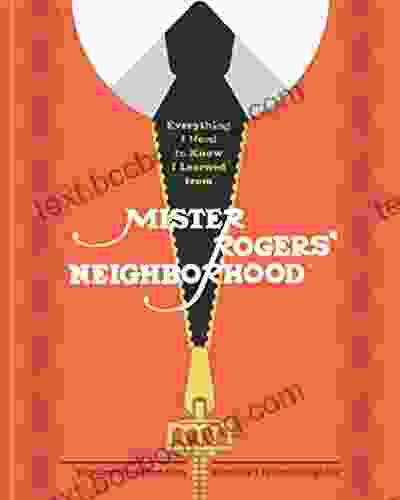
 Griffin Mitchell
Griffin MitchellEverything You Need to Know, You Learned From Mister...
Mister Rogers' Neighborhood was a beloved...
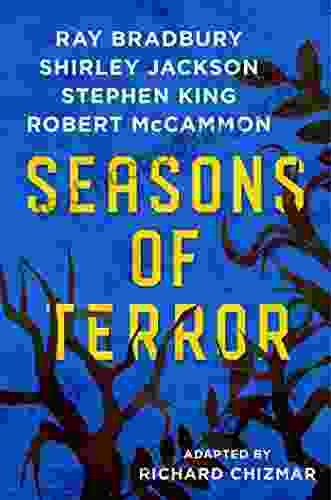
 Beau Carter
Beau CarterSeasons of Terror: A Spine-Tingling Odyssey into the...
In the realm of horror...
5 out of 5
| Language | : | English |
| File size | : | 2598 KB |
| Screen Reader | : | Supported |
| Print length | : | 23 pages |
| Lending | : | Enabled |


